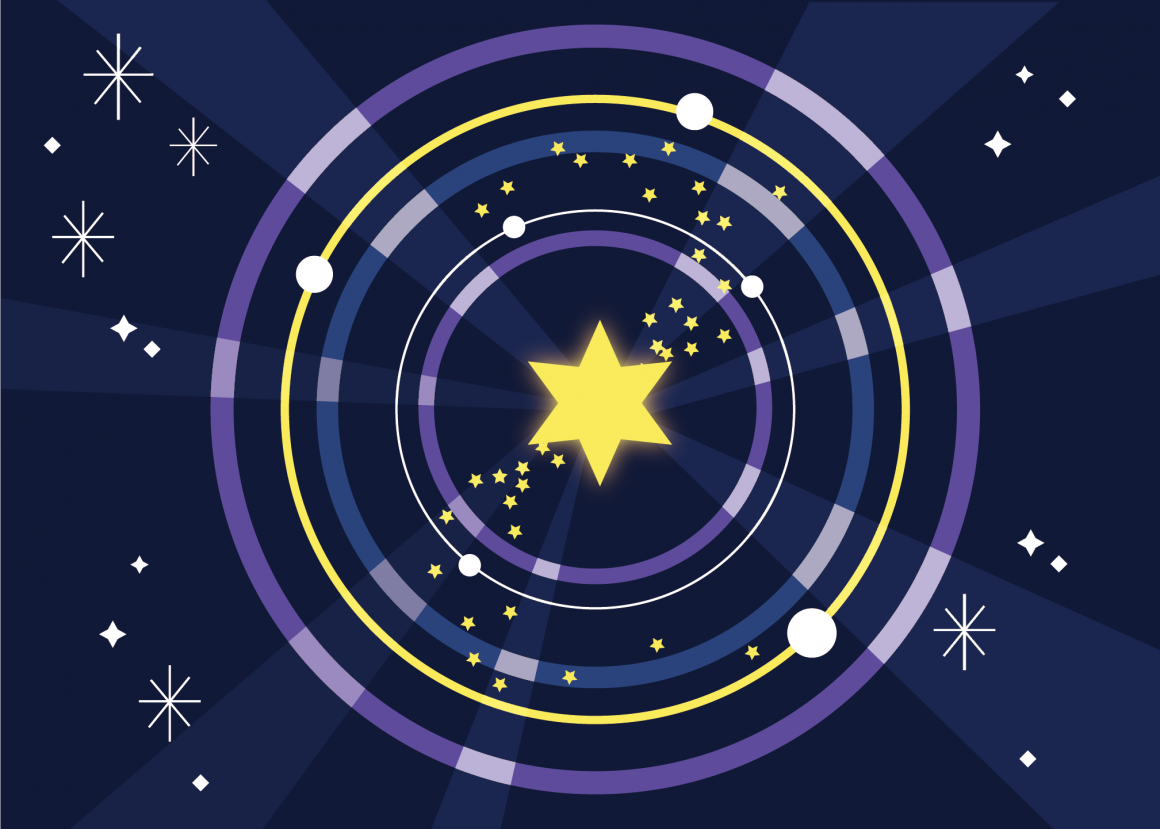
Winter wonders: Everything you need to know about the December meteor showers
By Ansharah Shakil, December 20 2023—
As the days get darker and the nights get longer, there’s one thing to look forward to this December: the annual Geminid meteor shower, the year’s finest nighttime event. The Geminids are products of the asteroid 3200 Phaethon, discovered in 1983, unusual for meteor showers, which usually result from comets. December’s Geminids are a reliable, nearly 200-year-old annual meteor shower, one of the brightest to exist, with quick and glowing yellow shooting stars.
All annual meteor showers have radiant points — the point from which the meteors seem to come from. Radiant points are helpful in locating the meteor shower, but to see the full meteors, don’t look just at the radiant, but instead in all directions to catch the place where the meteors become visible. The Geminids’ radiant point originates from the direction of the Gemini constellation, composed of the two Gemini twins Castor and Pollux — hence the shower’s name.
While the shower lasts from Nov. 19–Dec. 24, it peaks on Dec. 13 and 14. Last year, a cloudy forecast and illuminated moonlight made viewing conditions less than ideal. This year, on the other hand, the meteor shower is set to peak around the arrival of a new moon which will allow for perfect conditions and minimal interference from moonlight — we will be able to catch up to 120 meteors per hour.
The Geminids are best visible across the globe at 2 a.m. local time, but the dependable splendour of the shower will make staying up worth it.
The Geminids aren’t the only meteor shower this month. The Ursids are set to peak around the winter solstice, during the evenings of Dec. 21–Dec. 23. This year, they might mix with the Geminids and can be seen by looking towards the Little Dipper star Kochab in the Ursa Major constellation. The Ursids are oft-looked over since they generally offer only five to ten meteors per hour, but in the past, some Ursid bursts have included 100 or more per hour. As a relatively new meteor shower, they’re almost the opposite of the well-established, older Geminids, and their potential for increase makes them all the more interesting. If you miss out on the Geminids, or even if you do see them, the chance to see the Ursids this month could be just as rewarding.
The best way to see both meteor showers is to find a dark location, avoid using technology beforehand, allow for time for your eyes to adjust to the night sky and make sure you’re comfortable in case you need to settle in for the long run. Meteor showers are one of Earth’s most astonishing sights, and the Geminids in particular are especially bright and significant, but it may take time to see them. If you aren’t able to see the shower near you, you can also find live streams online, but if you get the chance, look up to see one of the night-time wonders of this month.
